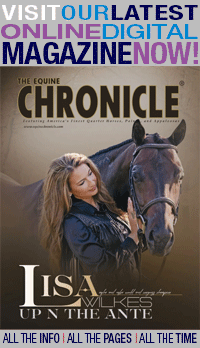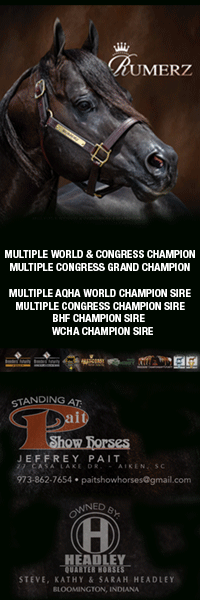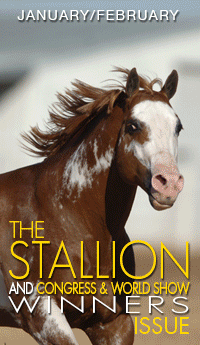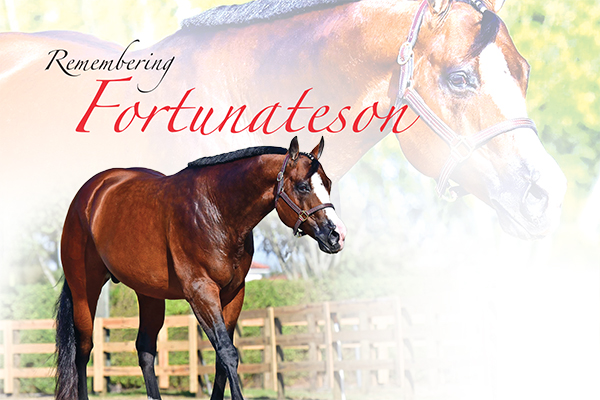
Many in the industry are mourning the loss of a very special stallion whose impressive show record and ability to produce exceptional babies are remembered by those who loved him. But Fortunateson was much more than that, and his loss this past August has been felt throughout the Quarter Horse community.
Continue reading …Around the Rings – 2025 AQHA World Championship Show with the G-man
November 13, 2025 Comments Off on Around the Rings – 2025 AQHA World Championship Show with the G-man Continue reading …
Continue reading …
Changing The Game – The USEF Mandatory Microchip Rule
November 12, 2025 Comments Off on Changing The Game – The USEF Mandatory Microchip Rule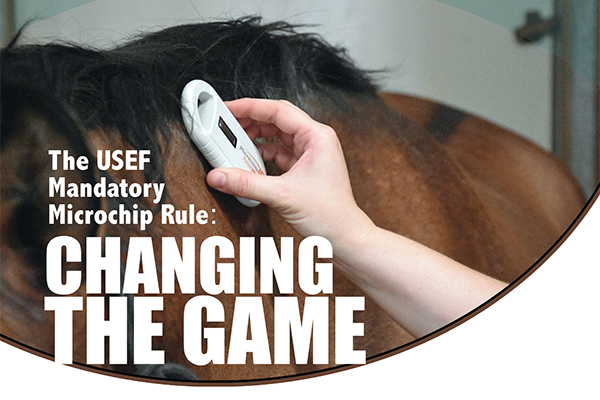
As of December 1, 2025, every horse entered in a USEF-licensed or -endorsed competition must be implanted with an ISO-compliant microchip. However, the new USEF Microchip Rule is more than just a requirement–it’s a game-changer for equestrian sports.
Continue reading …Around the Rings – 2025 AQHA World Championship Show with the G-man
November 11, 2025 Comments Off on Around the Rings – 2025 AQHA World Championship Show with the G-man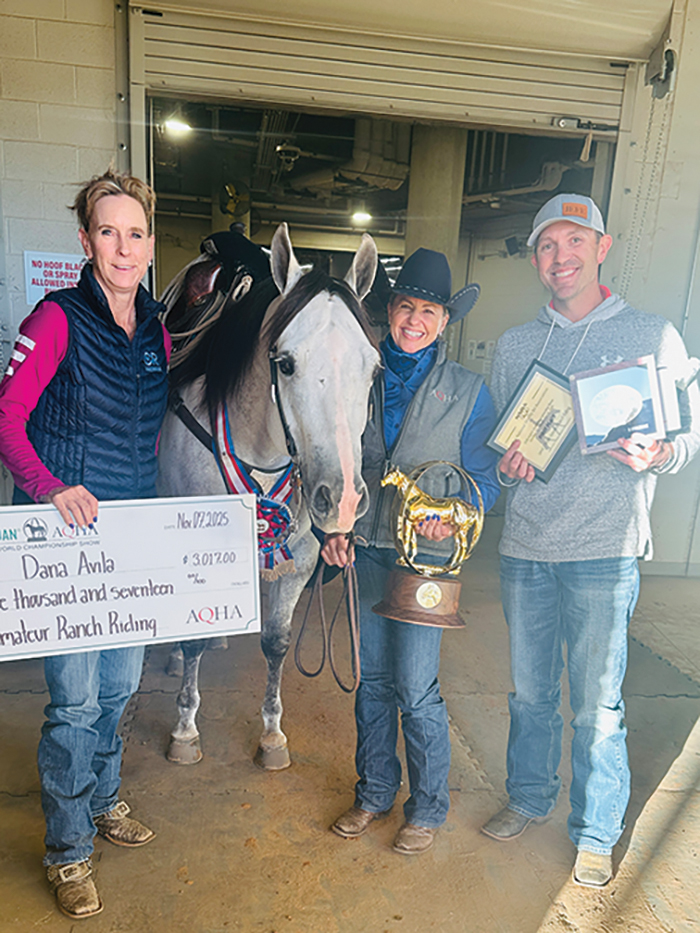 Continue reading …
Continue reading …
Equine Law – New Year’s Resolutions For The Equine Industry
November 10, 2025 Comments Off on Equine Law – New Year’s Resolutions For The Equine Industry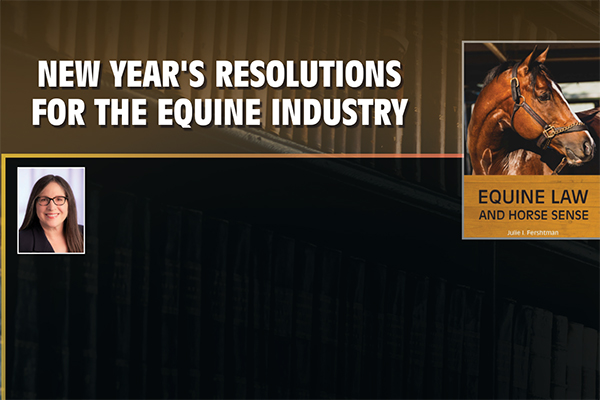
Planning ahead for a successful 2026? You might consider “success” to mean great recognition and results in your horse-related showing, breeding, and training activities. But a successful new year could also include making a few extra efforts to protect yourself from a legal dispute. This article provides a few suggestions.
Continue reading …Born To Ride: Molli Jacobs Froman
November 8, 2025 Comments Off on Born To Ride: Molli Jacobs Froman
For Molli Jacobs Froman, horses aren’t just a part of life—they are life. Quite literally. Her story begins during the All American Quarter Horse Congress, where her mother went into labor while her father was showing. “I guess you could say I was born into the industry,” Molli laughs.
Continue reading …Around the Rings – 2025 AQHA World Championship Show with the G-man
November 7, 2025 Comments Off on Around the Rings – 2025 AQHA World Championship Show with the G-man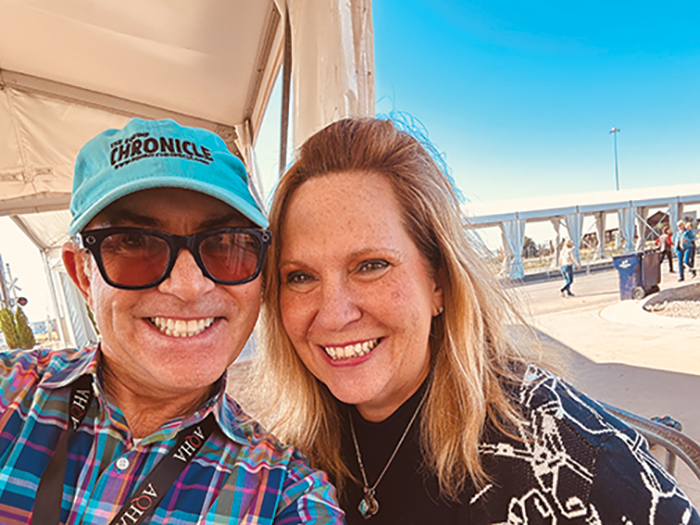 Continue reading …
Continue reading …
Around the Rings – 2025 AQHA World Championship Show with the G-man
November 6, 2025 Comments Off on Around the Rings – 2025 AQHA World Championship Show with the G-man Continue reading …
Continue reading …
Finding His True North on Horseback – Bill Cox
November 6, 2025 Comments Off on Finding His True North on Horseback – Bill Cox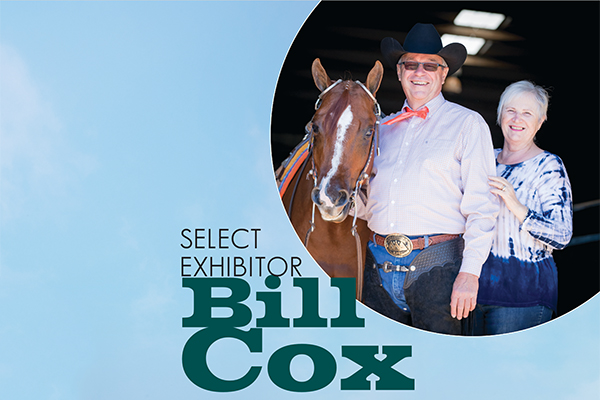
Bill Cox is a lifelong equestrian who started out like most–with humble origins and a big dream.
Continue reading …Around the Rings – 2025 AQHA World Championship Show with the G-man
November 5, 2025 Comments Off on Around the Rings – 2025 AQHA World Championship Show with the G-man Continue reading …
Continue reading …
